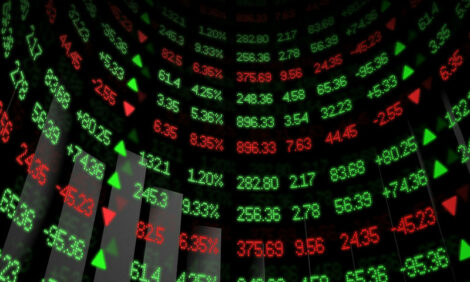



Dutch meat industry ready for EU Regulation 178/2002
NETHERLANDS - The chain systems used in the Dutch meat and livestock industry are more than adequate to meet the requirements of EU Regulation 178/2002.
|
The Dutch IKB quality assurance system includes detailed provisions for the identification and registration of livestock and products.
The Product Boards for Livestock, Meat and Eggs (PVE) do not therefore expect the implementation of the Regulation in the Netherlands to have any far-reaching implications.
EU Regulation 178/2002 is best known as the legislation establishing the European Food Safety Authority. The Regulation also, however, specifies the basic conditions for safeguarding food safety. Two provisions merit particular attention: the requirement that it should be possible to trace food and feed at all times and the requirement that unsafe products should be withdrawn from the market.
Article 18 of the Regulation states the following requirements:
- traceability must be guaranteed at all stages of production;
- businesses must be able to identify from whom they have received any products used or to be used;
- businesses must be able to identify to whom their products have been supplied;
- businesses must have in place tracing systems and procedures;
- tracing information is made available to the competent authorities on demand;
- products must be adequately labelled or identified.
The Netherlands has comprehensive regulations in place for the identification and registration of feed, animals and meat. For instance, all weaned piglets are fitted with a plastic ear tag bearing the registration number of the holding. When the animals are ready to be sent to the slaughterhouse they are tagged a second time, this time with a metal ear tag showing the holding number and the animal's own unique number. This makes it possible for the slaughterhouse to identify without fail where each animal was born and raised. The Regulation will therefore have limited implications for these establishments.
You can find further information about the identification, registration and traceability of Dutch pigs and Dutch pigmeat in Chapter 5 of the Dutch Pigmeat Quality Manual.
Source: Dutch Meat Board - 9th September 2003












